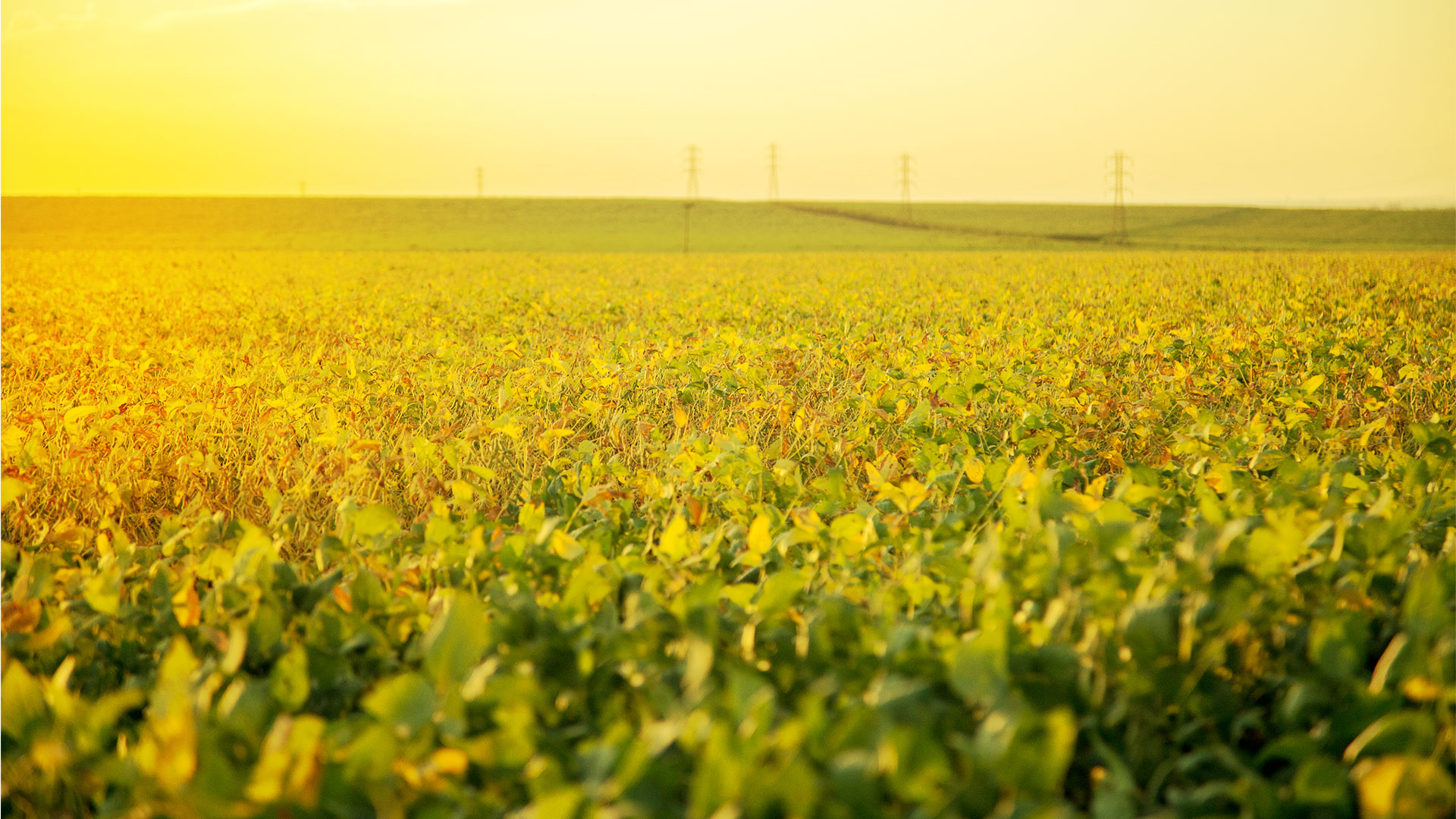Growth in the Brazilian non-GMO soybean production

The 2022/23 crop is expected to see growing non-GMO soybean acreages across the whole country. Mato Grosso, the largest producer at the state level in Brazil, will have the local non-GMO production increase by 34% over last year. [1]
The non-GMO soybean acreage in Brazil is expected to increase over the 2022/23 crop. The Instituto Soja Livre, the non-GMO branch of the National Association of Soybean Farmers (Aprosoja), projects the total non-GMO area at 986.2 thousand hectares, or 2.4% of the total national soybean production, figures that may still see further increases, only limited by the availability of non-GM seeds in the market.
The state of Mato Grosso is the largest producer of non-GMO soybeans in Brazil, yielding nearly 50% of the national production, followed by Paraná, Goiás, and Mato Grosso Sul. In Mato Grosso, 491.6 thousand hectares will be seeded with conventional soybeans, a 34.6% growth in acreage compared to the last crop, pegged at 365.2 thousand hectares.
Despite the small scale compared to the GM crop, farmers are encouraged by gains in planting and sales over non-GMO soybean crops, a trend expressed by the current high demand for non-GMO seeds. According to data collected by the Mato-Grosso Institute for Agricultural Economy (Imea) over production costs, the average results for non-GMO farmers exceeds 7.5 (60 kg) bags per hectare gains in performance, when compared to GM soybean crops. The average premium paid in the market hovers around US$ 6.00 per bag, according to the Soja Livre Institute.
“Brazilian farmers will grow non-GMO soybeans over increased acreage, yielding enough volumes to supply global importers. Better contracts and the attractive premium will consolidate the country in the leading position as a non-GMO soybean supplier to the world”, says César Borges, President of the Soja Livre Institute.
A farmer in Campos de Júlio, Mato Grosso state, Luiz Tadeu Garcia Tatim will grow 1540 hectares of non-GMO soybeans for the next crop – over 50% of his farming area. Last crop, Luiz planted 700 hectares of non-GMO soybeans. According to Garcia Tatim, current prices are attractive and the type of seeds he uses, besides yielding an average of 70 bags (4.2 tons) per hectare, also helps fight soil nematodes.
Agraria, a coop with 640 members around Guarapuava, a city in the Centre/West region in the state of Parana, produced 20 thousand hectares of non-GMO soybeans over the last season, yielding 80 thousand tons. The coop has plans to increase the production to 100 thousand hectares, harvesting 400 thousand tons over the next years.
“We have an ongoing cooperation program with non-GMO seed developers and four other coops working under a combined production system. There is room for further growth, we just need to see the signs of solid demand in the market”, says Adam Stemmer, Agraria’s CEO.
In a narrower niche market, the organic soybean production in Brazil is also growing. A hundred farmers gathered around Capanema, also in the state of Paraná, should reach a combined production of over 10 thousand hectares for the next crop. Gebana Brazil, a certified trading company buys the family farming-based organic production and also provides full assistance, from certification and crop management to acquisition of inputs and high-performance seeds.
“We expect the organic acreage to grow up to 40% over the next crop cycle. We have more than 50 farmers currently transitioning to organic soybean farming. Premiums are appealing, 50% higher than prices for GM beans, reaching up to 100% extra revenue over standard beans for farmers certified under organic”, tells Marcio Alberto Challiol, production manager at Gebana.
Challiol points out that consumers in the EU, mainly, have shown a preference for organic soybeans. “I believe the organic production of soybeans could have grown much higher if the right equipment was at the farmer’s disposal. The industry is still to develop specialized machinery for non-till planting dedicated to organic farming. In ten years, the scenario in Brazil will be completely different”, says the manager at Gebana.
The International Affairs Director at the soja Livre Institute (ISL), Endrigo Dalcin, notes that since the last crop, the non-GMO premium paid in the market has reached rewarding prices, hitting near USD 10 per bag, (USD 166/ton), a significant margin when farming costs are so high pushed by the international economic scenario.
“We are seeing new players entering the non-GMO market, big international companies are investing again in non-GMO soybeans. As more buyers enter the market, the farming of non-GMO beans grows larger and the segregated warehousing offer is improved, farmers will find a wider choice of elevation stations to deliver their production”, points out Dalcin.